Clump of hair in wall?
gardeningmomof5
11 years ago
Featured Answer
Sort by:Oldest
Comments (25)
gardeningmomof5
11 years agoChristopher Nelson Wallcovering and Painting
11 years agoRelated Professionals
Pleasanton Kitchen & Bathroom Designers · St. Louis Kitchen & Bathroom Designers · Artondale Kitchen & Bathroom Remodelers · Bellevue Kitchen & Bathroom Remodelers · Eagle Kitchen & Bathroom Remodelers · Honolulu Kitchen & Bathroom Remodelers · Lynn Haven Kitchen & Bathroom Remodelers · North Arlington Kitchen & Bathroom Remodelers · Terrell Kitchen & Bathroom Remodelers · Cloverly Architects & Building Designers · Daly City Architects & Building Designers · Saint James Architects & Building Designers · South Barrington Architects & Building Designers · South Lake Tahoe Architects & Building Designers · Washington Architects & Building Designerscalliope
11 years agosombreuil_mongrel
11 years agogardeningmomof5
11 years agolazy_gardens
11 years agogardeningmomof5
11 years agocalliope
11 years agogardeningmomof5
11 years agoChristopher Nelson Wallcovering and Painting
11 years agogardeningmomof5
11 years agotblmom
11 years agogardeningmomof5
11 years agocalliope
11 years agocolumbusguy1
11 years agorosemaryt
11 years agosombreuil_mongrel
11 years agogardeningmomof5
11 years agoShana Blackburn
4 years agoLeXy Milne
4 years agolast modified: 4 years agoHU-102176813
3 years agoJosiah Alferes
2 years agoAlan Delany
6 months agoTravis Johnson
5 months ago
Related Stories

BATHROOM DESIGNPut the Kibosh on Hair Dryer Chaos
Fed up with knocked-over blowers and tangled cords? Try these tactics for keeping hair dryers and other styling tools under control
Full Story
PETSDealing With Pet Messes: An Animal Lover's Story
Cat and dog hair, tracked-in mud, scratched floors ... see how one pet guardian learned to cope and to focus on the love
Full Story
GARDENING GUIDES6 Dependable Ground Covers for Warm Climates
Swap some lawn for these drought-tolerant clumping plants — and watch your maintenance efforts diminish while they easily grow
Full Story
REMODELING GUIDES11 Reasons to Love Wall-to-Wall Carpeting Again
Is it time to kick the hard stuff? Your feet, wallet and downstairs neighbors may be nodding
Full Story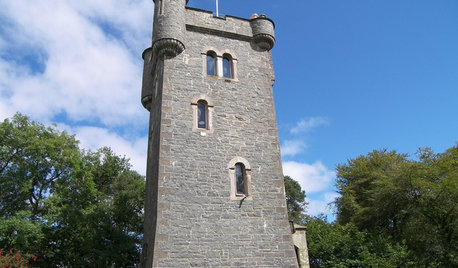
TRAVEL BY DESIGNLive a Fairy Tale in a Getaway Castle Tower
Let down your hair or just savor the idyllic views. In these 5 remodeled European towers, how the story goes is up to you
Full Story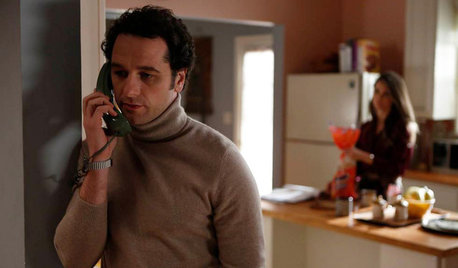
DECORATING GUIDESPop Culture Watch: 12 Home Trends from the '80s Are Back
Hold on to your hat (over your humongous hair); interior design elements of the 1980s have shot forward to today, in updated fashion
Full Story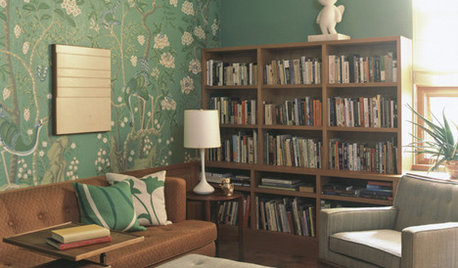
COLORDecorate With Intention: Picking Colors That Flatter
If room colors based on your skin and hair tones could speak, they'd say, 'You look gorgeous'
Full Story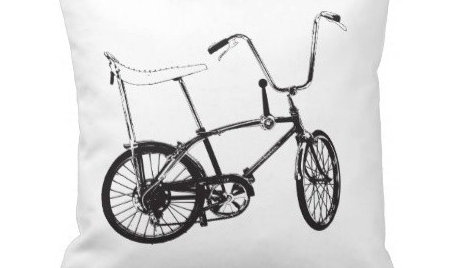
PRODUCT PICKSGuest Picks: A Bicycle Built for Summer
Feel the wind in your hair without leaving your house with bike-adorned accessories that get your decorating wheels turning
Full Story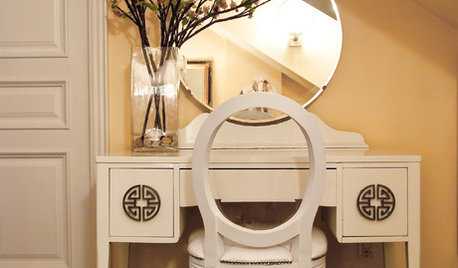
FURNITUREObjects of Desire: Dressing Tables Groomed for Style
Have your own vanity fair with a table for doing makeup and hair that fits you perfectly
Full Story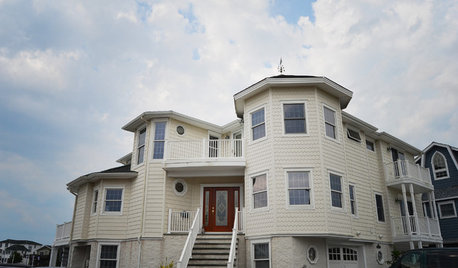
ARCHITECTURERegional Style: The Jersey Shore
Beyond reality TV and big hair, the Jersey shore is a happening hotbed of colorful seaside design
Full StorySponsored
Columbus Area's Luxury Design Build Firm | 17x Best of Houzz Winner!
More Discussions








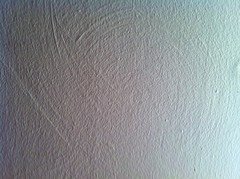
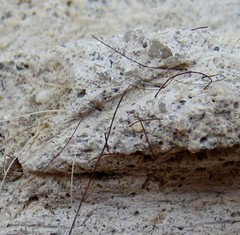
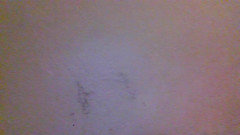





southerncanuck